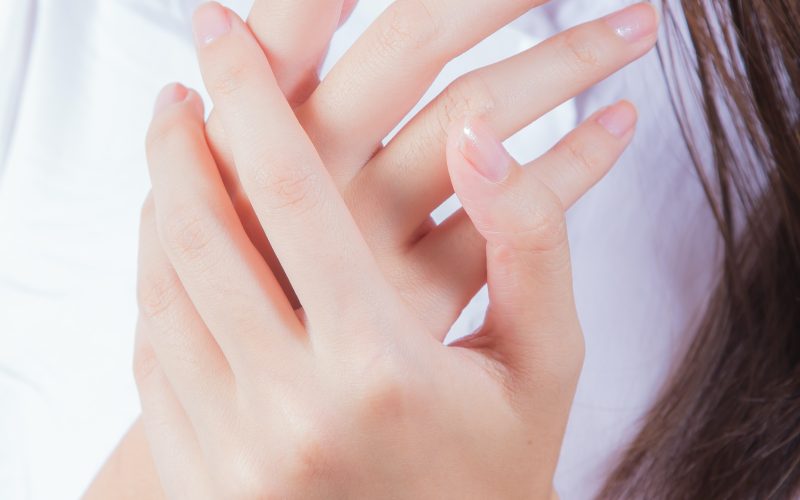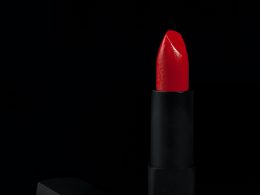In the ever-evolving world of beauty and skincare, new trends and techniques constantly emerge, promising to enhance our appearance and turn back the hands of time. One such trend that has caught the attention of beauty enthusiasts worldwide is “skin taping.” Proponents of this technique claim that by using medical-grade adhesive tapes strategically on the face, one can achieve a more youthful and rejuvenated appearance. In this article, we delve into the intricacies of skin taping, exploring its benefits, controversies, and the science behind it.
Skin taping involves applying adhesive tapes to various areas of the face to lift and tighten the skin. Inspired by the concept of facial tape lifts used in cosmetic surgeries, this DIY trend aims to achieve similar results without the invasive procedures or hefty price tags. Advocates of skin taping assert that it can minimize the appearance of wrinkles, sagging skin, and even fine lines, resulting in a more youthful and lifted look.
One of the primary arguments in favor of skin taping is its immediate visible effect. As the tapes gently pull the skin upwards, they create an illusion of tightened facial contours. Additionally, some proponents believe that by providing support to weakened facial muscles, skin taping can promote collagen production and improve blood circulation, thereby potentially contributing to long-term skin rejuvenation.
However, as with any beauty trend, skin taping has faced its fair share of controversies. Skeptics argue that the technique lacks scientific evidence to substantiate its purported benefits. They caution against the potential risks associated with using adhesive tapes on the delicate facial skin, including irritation, allergic reactions, and damage to the skin barrier.
To gain a deeper understanding of skin taping, we spoke with Dr. Emily Collins, a renowned dermatologist and skincare expert. According to Dr. Collins, “While skin taping may offer a temporary improvement in facial appearance, its long-term effects and safety remain largely unknown. It’s essential for individuals to consult with a dermatologist or a skincare professional before attempting this technique, especially if they have sensitive or compromised skin.”
Given the lack of comprehensive research on skin taping, it is crucial for journalists and consumers alike to exercise caution and approach such trends with a critical eye. Research techniques involving literature reviews, interviews with experts, and seeking peer-reviewed scientific studies can help in uncovering valuable insights and verifying information.
In conclusion, skin taping has emerged as the latest beauty trend captivating the skincare community. While it promises an immediate youthful effect and a non-invasive alternative to traditional cosmetic procedures, the lack of scientific evidence and potential risks should give us pause. As with any beauty regimen, it is important to prioritize skin health and consult with professionals before embracing a new trend.
As the beauty industry continues to innovate, it is essential for journalists to critically examine emerging trends, provide balanced reporting, and empower readers to make informed decisions about their skincare routines. Only by combining curiosity, research, and adherence to journalistic ethics can we ensure accurate and responsible reporting in the realm of beauty and beyond.












